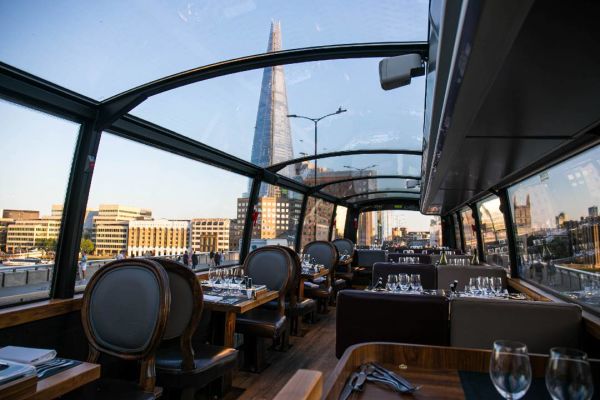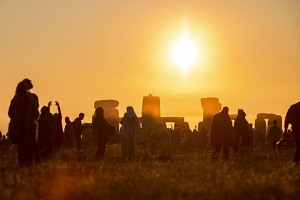THE HIGHLIGHTS AT Tower of London
Wherever you are from in the world, the events that have taken place at the Tower of London may have shaped the lives of everyone. It is London's castle, but it is universally known simply as The Tower. It is Europe's best-preserved medieval fortress and within its concentric walls of fortification, the eventual liberties of the English speaking peoples were forged, through horror and bloodshed, doggedness and faith. In the very centre is the White Tower, built by William the Conqueror shortly after the Norman Conquest of 1066, the last time that this country was successfully invaded. It was built to intimidate and impress Londoners, and for centuries, the one who controlled the Tower of London effectively controlled the UK.

Tower of London Highlights
Tower of London Highlights
Rich history dating to the Norman Conquest of 1066
It has undergone amazing restoration over the centuries, including repairing damage taken from the Blitz
Used by Royals through the years as a refuge and power base
The Tower is home to his Majesty's Crown Jewels, on display for visitors to see
The oldest item is the anointing spoon which was made in the late 12th century
The Royal Armoury Collection includes Henry VIII’s armour
The Yeoman Warders, or Beefeaters, are the guardians of the Tower of London and offer first class, intimate tours of the historic Tower and all its wonders
Tower of London Facts
Tower of London is a UNESCO World Heritage Site
When it was built, it was initially resented by the people of London as a symbol of oppression by the new ruling forces
It has been used as an armoury, a menagerie, a treasury and a prison
Two of Henry VIII’s queens were executed within the Tower, Anne Boleyn and Catherine Howard
The prisoners entered through the water gate, called ‘Traitor’s Gate’
The White Tower is a fortified tower, called a keep and houses the crypt of St John’s Chapel
The Tower is said to be haunted by the ghost of Anne Boleyn walking the chapel of St Peter and Vincula
Tower of London History
Fortress, prison, royal mint and now a tourist attraction. The Tower of London has seen many lives over the past centuries and persists to this day as a powerful symbol of British heritage. A seemingly permanent fixture on London's skyline, the question of why and when the Tower of London was built still prevail to this day.
This iconic historical site started off life as an imposing river fortress for the formidable force that was William the Conqueror, dating back to the 1070s. In the 1200s, the Tower was expanded by King Henry III and Edward I - adding a moat and more defensive structures to prepare for the possibility of battle.
It famously became one of the most secure places in the country after it was appointed the home of the Tower Mint in the 1800s. All the money in the nation began here. Shortly after, the Royal Family also began storing its most precious jewels and possessions under the eye of some of the most powerful soldiers in British history - the Yeoman Warders. The warders have lived there since the 1500s and now serve as kindly tour operators.
The Tower has also famously been the site of many high-profile executions, the chopping block for which still stands on the grounds to this day. King Henry VIII famously had his wife Anne Boleyn executed there three years into their marriage on the grounds of adultery and treason. She was buried at the Tower's Chapel Royal alongside her fellow queens, Catherine Howard and Jane Grey. However, rumour has it that she continues to haunt the execution grounds and unwitting tourists.
Video Credit: Travel And Discover











